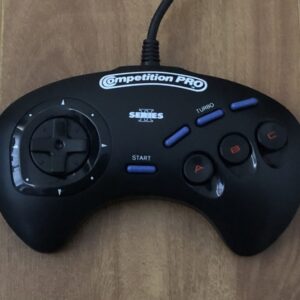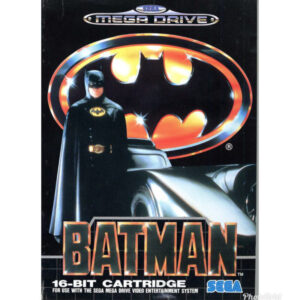Sega Mega Drive
TheSega Genesis, known as theMega Drive in regions outside of North America, is a 16-bit home video game console developed and sold by Sega. The Genesis was Sega’s third console and the successor to the Master System. Sega released the console as the Mega Drive in Japan in 1988, followed by North America as the Genesis in 1989. In 1990, the console was distributed as the Mega Drive by Virgin Mastertronic in Europe, Ozisoft in Australasia, and Tec Toy in Brazil. In South Korea, the systems were distributed by Samsung as theSuper Gam*Boyand later theSuper Aladdin Boy.
Designed by an R&D team supervised by Hideki Sato and Masami Ishikawa, the hardware was adapted from Sega’s System 16 arcade board, centered on a Motorola 68000 processor as the CPU, a Zilog Z80 as a sound controller, and a video system supporting hardware sprites, tiles, and scrolling. The system plays a library of more than 900 games created by Sega and a wide array of third-party publishers and delivered on ROM-based cartridges. The Genesis has benefited from several add-ons, including a Power Base Converter to play Master System games, as well as multiple first and third party licensed variations of the console. Sega created two network services to support the Genesis: Sega Meganet and Sega Channel.



